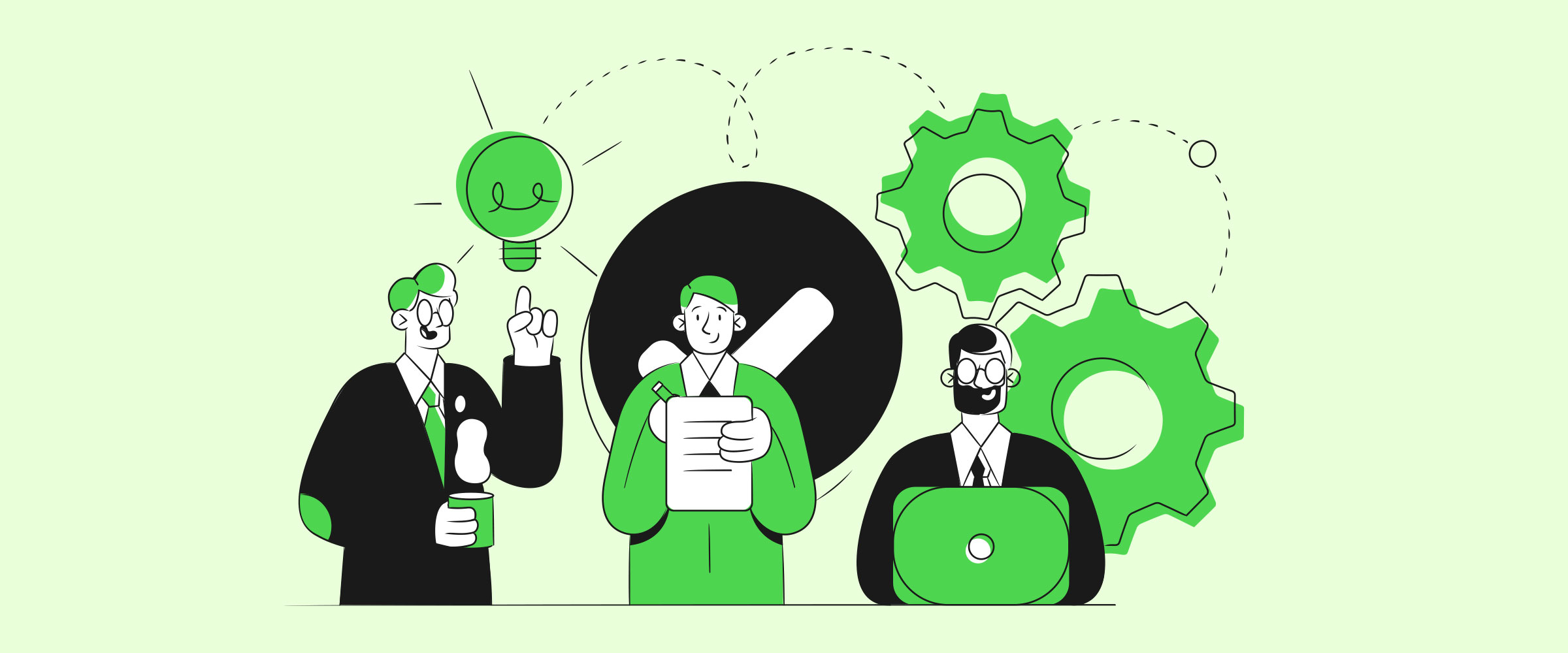Every company’s ambitions are now digital. As a result, IT permeates organizations and influences outcomes in every corner of the enterprise. Whether you sell cars or clothes, entertainment or detergent, your business architecture is likely indistinguishable from your technology architecture.
Here’s why that matters. At the end of the day, companies care about two things: customers and talent. Today, customers interact with brands via apps, chatbots and web portals. It’s no different for most employees, for whom work is a series of digital experiences with the occasional live meeting thrown in.
Customer and employee loyalty are both predicated on the quality of these experiences. Each one must feel seamless and intuitive, whether you’re addressing a customer complaint, delivering HR benefits to employees, or closing the books at the end of the quarter. You must deliver them reliably and securely, with little or no downtime.
Ultimately, IT determines whether your customers have good or bad experiences and whether you create a talent advantage or not. That’s why your tech architecture dictates the strength of your company.
The challenge, of course, is that enterprise tech changes constantly. The technical architectures that served us well in the past may not serve us in the future. ERP is a great example of this cycle. Starting in the late 1990s, companies invested heavily in ERP systems designed to provide an integrated, continuously updated view of core business processes such as production capacity, purchasing, payroll, accounting and much more.
These investments brought major efficiencies and productivity boosts, which are now table stakes because most companies have already captured them. ERP platforms are still vital systems of record for most organizations, but they can’t get us to the next level of speed, experience and productivity where all companies must operate if they want to stay relevant.
This leap requires intelligent workflows to integrate the various systems of record used to run core business functions like talent, finance, legal, customer service and so on. ServiceNow’s Now Platform, for example, includes core capabilities that enable companies to quickly and efficiently digitize workflows and run them at scale. We use AI and advanced analytics to surface information, make predictions, and automate repetitive tasks, so employees can focus on more strategic work.
Digital workflows break down information silos, allowing work to flow smoothly across the organization. That’s especially important in today’s frenzied talent market. To hire and retain talented employees, companies need to think beyond pay, policies and benefits. Those things will always be important, but work experiences contribute far more directly to job satisfaction. So ask yourself: does our IT architecture deliver (a) great experiences or (b) friction? To create a sustainable talent advantage, the answer must be (a).
Increasingly, knowledge workers want to help create the digital experiences that define their work and Gartner estimates that 40 percent of the workforce today is equipped to digitize their own workflows via low-code no-code tools. Organizations that enable citizen developers to create friction-reducing apps will be set up to win the war for talent.
On the customer side, companies the world over have invested heavily to create snazzy front-end experiences like chatbots and mobile apps. Equally important, though, is what’s behind that curtain. What are the operational processes that support your customer experiences? Are they fully optimized, with machine learning baked in that guides customers along their journey? If the answer to many of these questions is no, then customer loyalty will likely erode over time.
As technologists, we can never forget that we exist to deliver fantastic experiences to our people and the customers they serve. If we orient ourselves to that North Star, success will surely follow.




